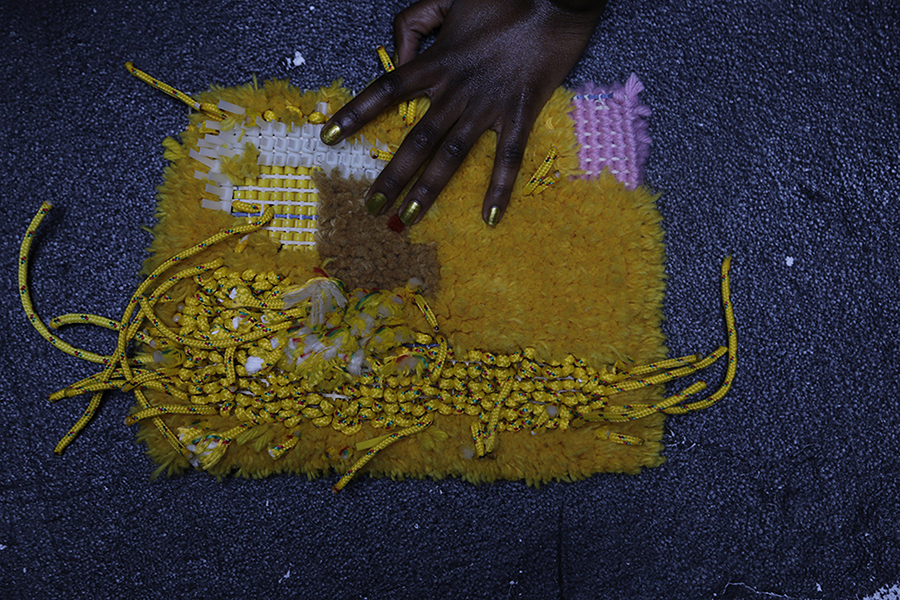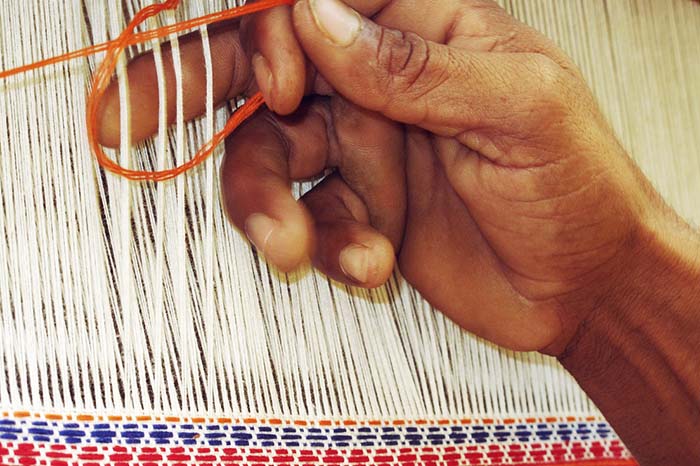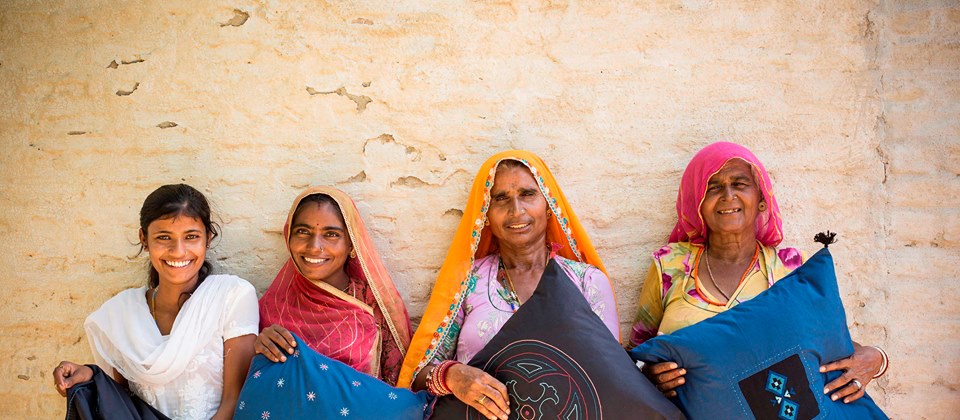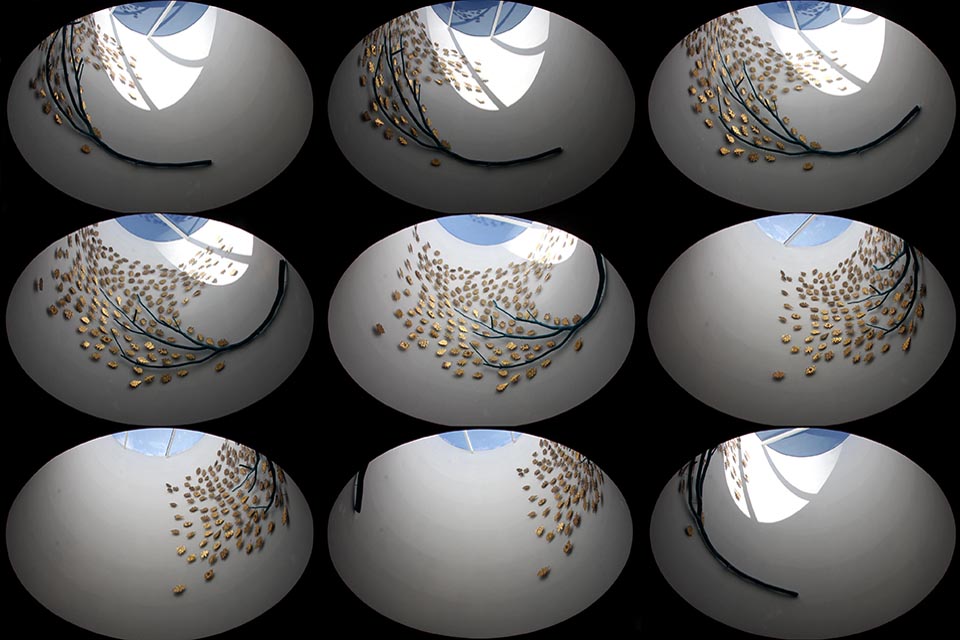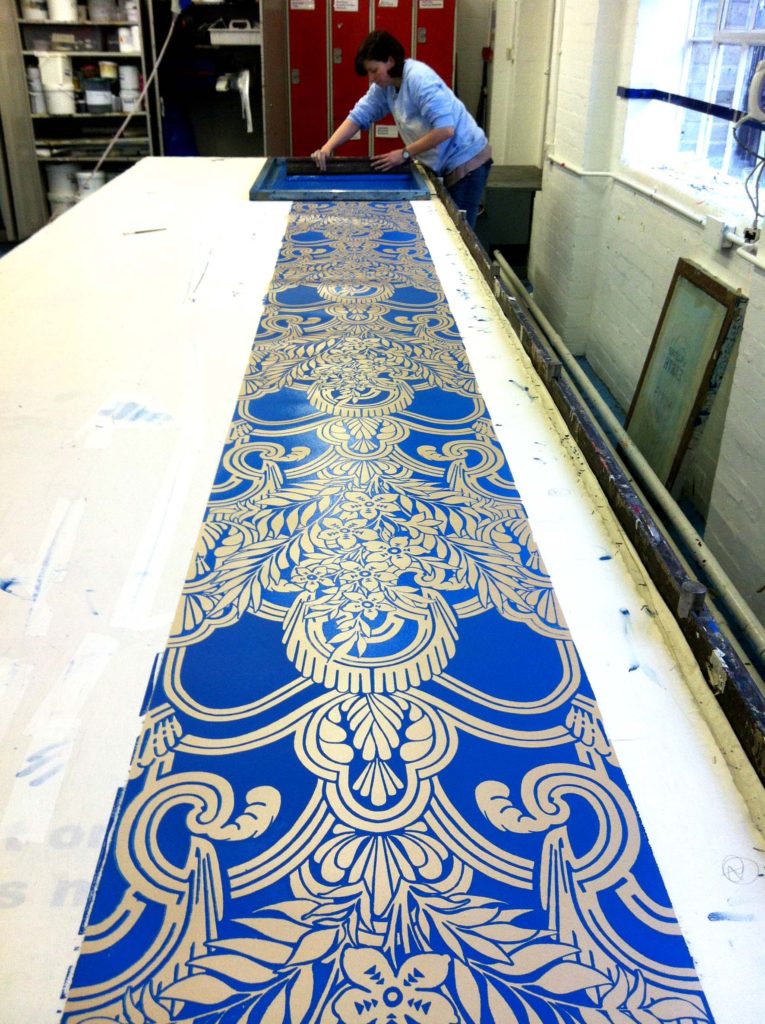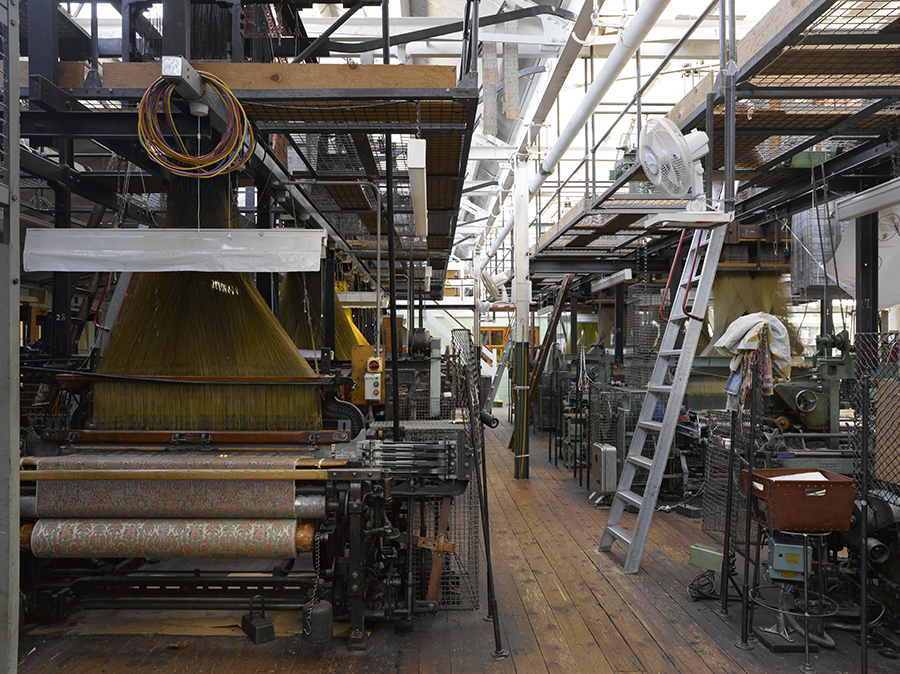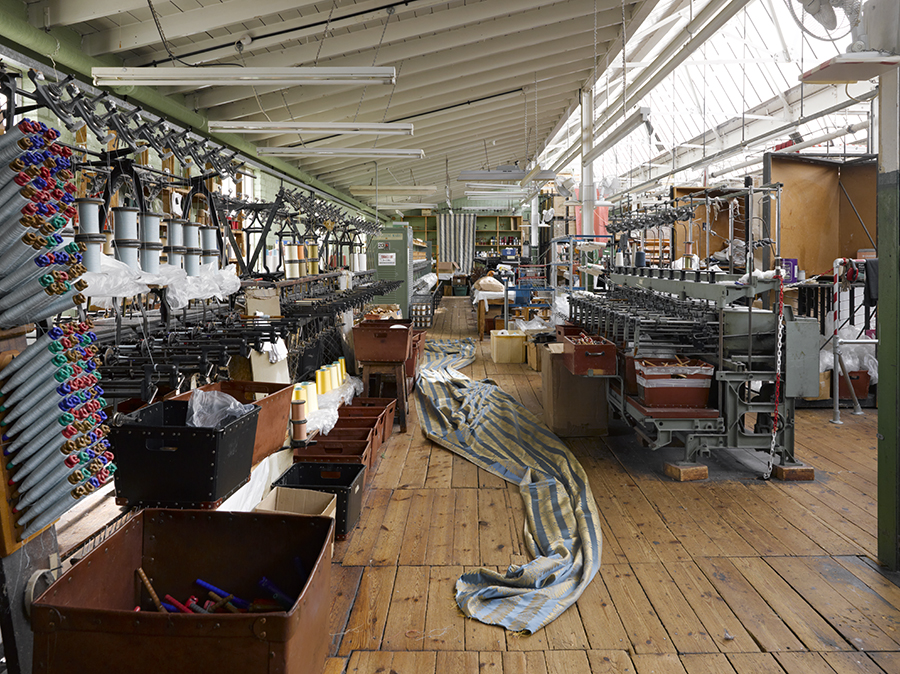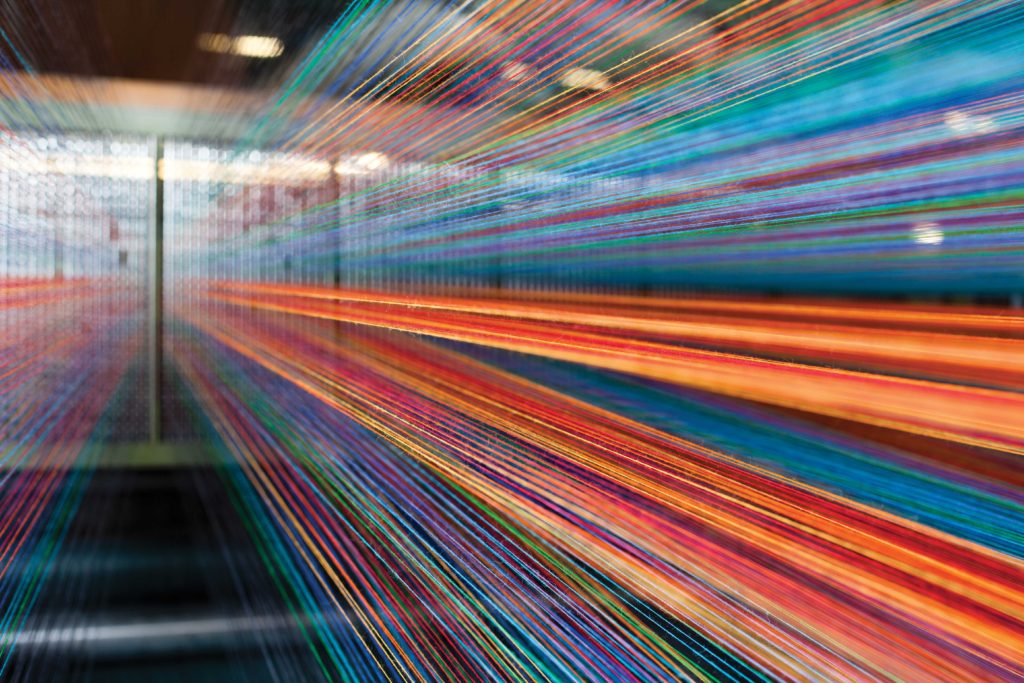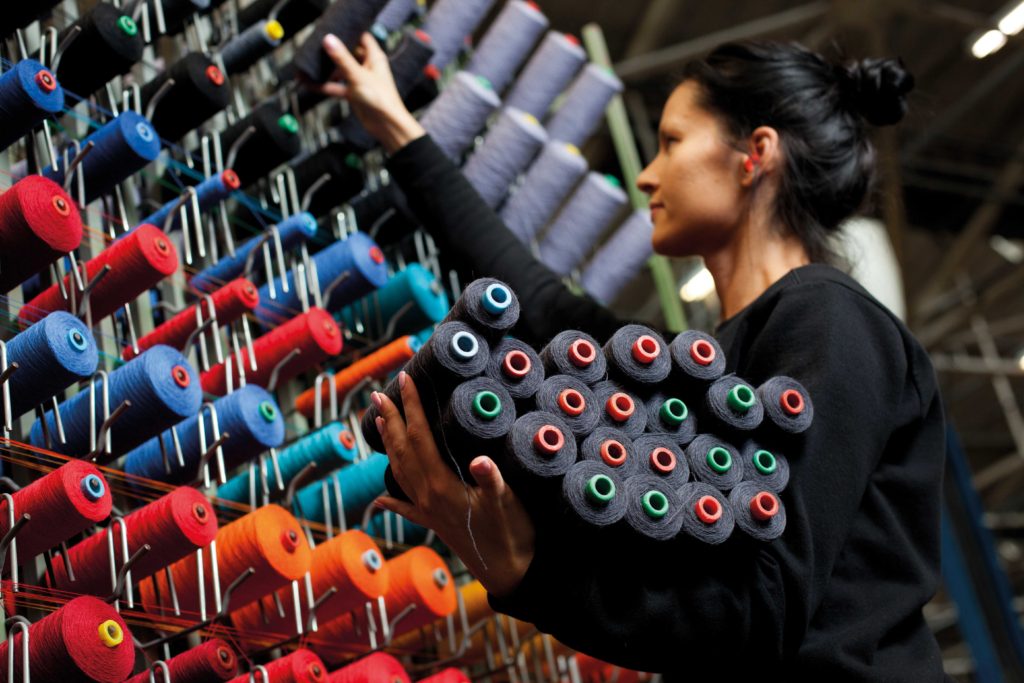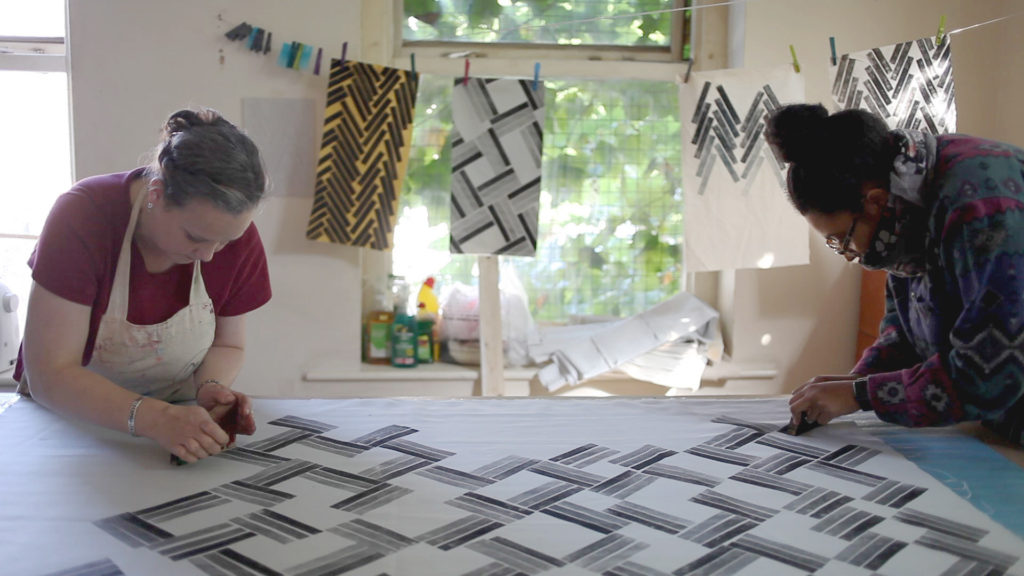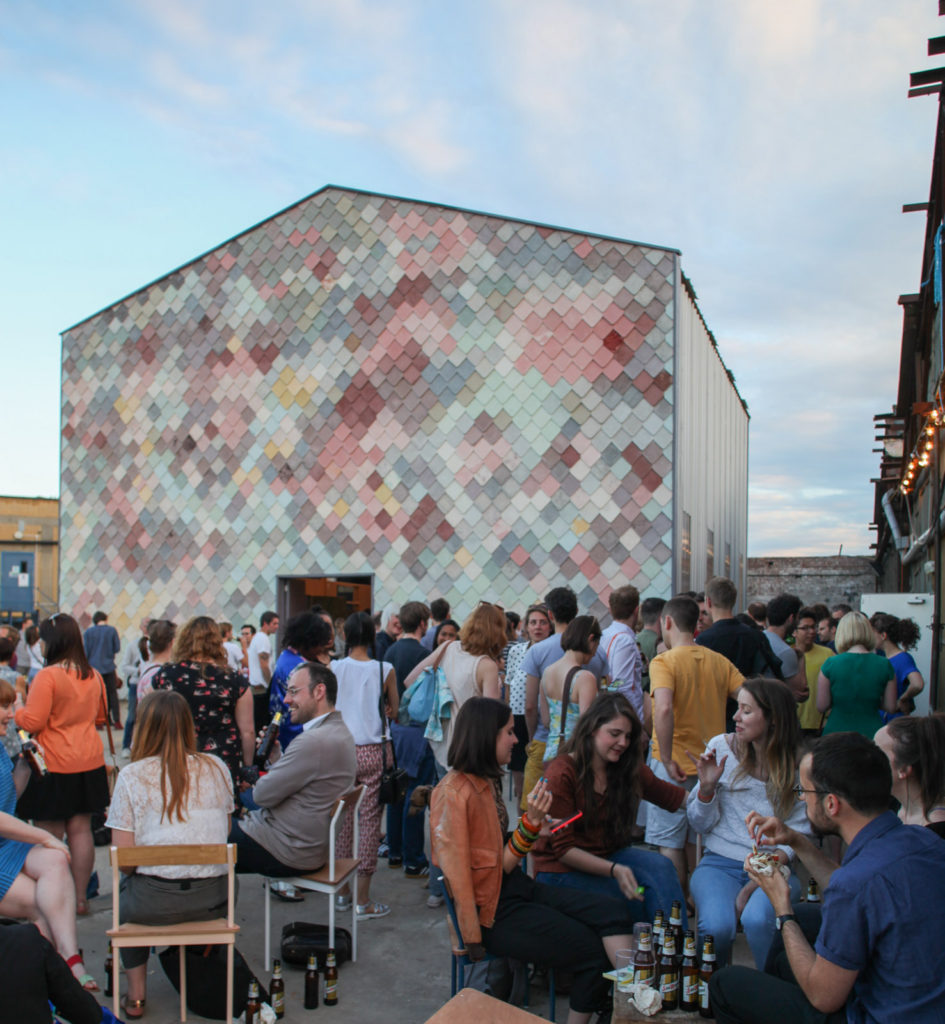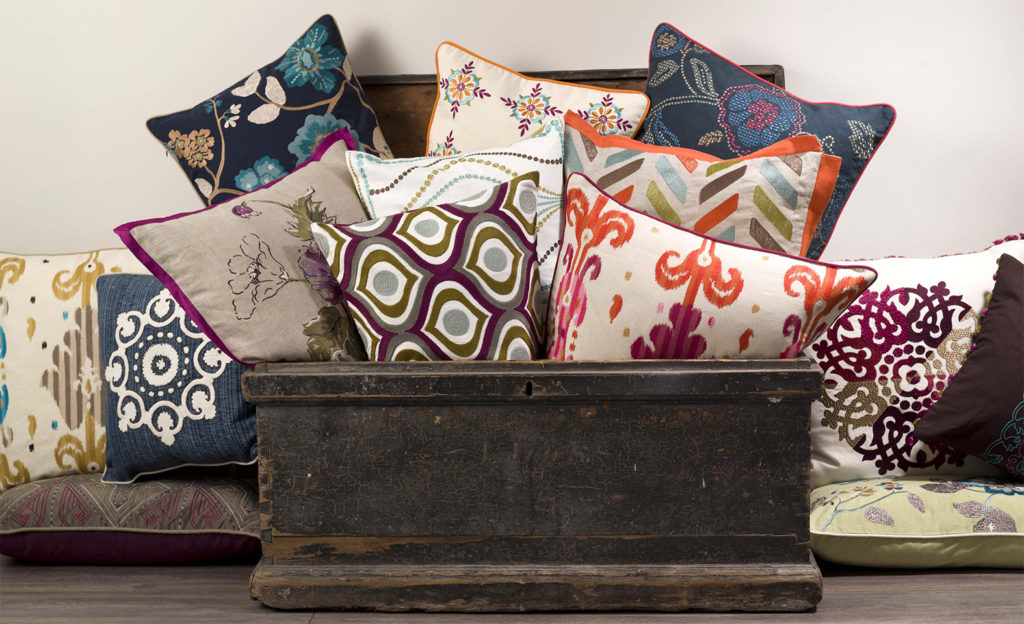 Weaving Futures is an exhibition at London Transport Museum highlighting the importance of woven textile design to the London Transport system. The exhibition  explores the process and making of digital woven textiles, as part of the Museums’, Designology season.
Weaving Futures is an exhibition at London Transport Museum highlighting the importance of woven textile design to the London Transport system. The exhibition  explores the process and making of digital woven textiles, as part of the Museums’, Designology season.
Each week, visitors will be able to see invited designers/artists in residence in the Designology studio, who will be working on a project brief and interacting with a weaver in their residency dates. The weavers will be interpreting the residents work live into digital woven textile prototypes and final works on a state-of-the-art TC2 digital jacquard loom.Â
 Week 7 features: Studio Houndstooth
Residency dates: 3rd & 4th Jan 2017
Activity days: 3rd & 4th Jan 2017. Loom running 4th Jan 2017
Studio Houndstooth is a collaboration between Jo Pierce and Philippa Brock. They investigate, interrogate and instigate innovative textile\material design processes and making methods leading to final design/future digital and analogue craft artefacts including using ludic methodologies.
The Studio work on their own research projects and  commissions from both private and public bodies. They research, design and make to commission, run workshops for makers, non makers and community groups, and develop innovative visual research, material sources and objects. Projects  include a temporary A12 patternwall, an architecture pattern wrap concept, Barcelona, domestic wallpaper archive and data base (ongoing). Exhibitions 2016: Real Dirty Blue and Textile Month New York

The Houndstooth Project is a serious play, ludic, egalitarian project run by Studio Houndstooth. The project uses the ubiquitous, well-recognised, houndstooth textile motif for serious play making and dialogue. The Houndstooth Project can be self led through their website or within workshops.

